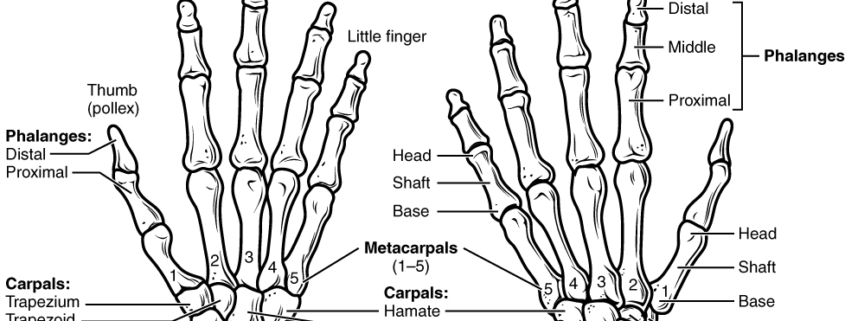Wrist Anatomy

Overview: Understanding Wrist Anatomy
Our wrists are a complex assembly of small bones, ligaments, tendons, and nerves vital for our everyday activities. Comprised of 8 carpal bones, arranged in 2 rows along with the connected joint surfaces of the forearm bones (radius and ulna), and the hand bones (metacarpals), the wrist plays a central role in hand function. Due to its complexity and importance in daily tasks, issues with wrist health can notably hinder your lifestyle.
Types: Key Structures in the Wrist
To understand wrist health better, it’s helpful to classify the wrist into four critical types of structures.
-
- Bones: The wrist includes 8 small carpal bones and the ends of the radius and ulna. It acts as a bridge between the hand and forearm.
- Ligaments and Tendons: These fibrous tissues connect bones and muscles, providing stability and enabling movement.
- Nerves: Three primary nerves (the median, ulnar, and radial nerves) pass through the wrist, controlling sensation and hand movements.
- Soft Tissue: This includes the wrist’s skin, blood vessels, and synovial membrane, the latter of which lubricates the joint.
Causes: Conditions Affecting Wrist Anatomy
Several conditions can affect the wrist’s function and structure, including:
-
- Arthritis: This inflammation of the joints can cause pain and stiffness.
- Carpal Tunnel Syndrome: Swelling can compress the median nerve, causing numbness, weakness, and aching.
- Fractures & Sprains: Damage to the bones or soft tissues of the wrist from injury.
- Ganglion Cysts: These non-cancerous cysts can cause pain and interfere with joint function.
Symptoms: Signs of Wrist Health Issues
Common signs of wrist issues include persistent pain, swelling, numbness, weakness, and difficulty in movement. The symptoms can range from mild discomfort to debilitating pain, depending on the condition. If you notice a consistent abnormality, consult your healthcare provider right away.
Diagnosis: Identifying Wrist Conditions
Doctors can use a variety of methods to diagnose wrist-related conditions, usually starting with a physical examination combined with your medical history. Depending on these initial findings, further tests may include X-rays, MRI scans, CT scans, nerve tests, or an arthroscopy (a small camera is used to view the wrist’s interior).
Treatment Options: Approaches to Handle Wrist Conditions
Treatment options depend on the diagnosis and can include:
-
- Conservative Approach: It includes wrist rest, splinting, physical therapy, and over-the-counter pain-relief medications.
- Steroid Injections: Injections are used to minimize inflammation for conditions like carpal tunnel syndrome or arthritis.
- Surgery: For more severe cases, surgery may be required, e.g., in case of wrist fractures or ligamentous injuries.
Living With Wrist Health Conditions
Managing wrist health includes a combination of lifestyle changes and medical compliance. Regular physical therapy can help restore strength and flexibility. Consider ergonomic modifications to minimize strain on your wrists during activities. Additionally, using prescribed medication as advised by your doctor is equally crucial to manage pain and inflammation.
When to Seek Help
Rapid onset of severe pain, deformity, inability to move your wrist or hand, signs of infection (e.g., fever, redness, warmth), or persistent symptoms despite at-home care signify the need for immediate medical attention.
Remember that understanding your wrist anatomy is the first step towards maintaining its health. Regularly consulting with your healthcare provider ensures the best outcomes for your wrist conditions.
